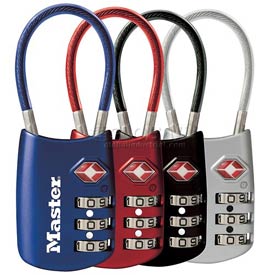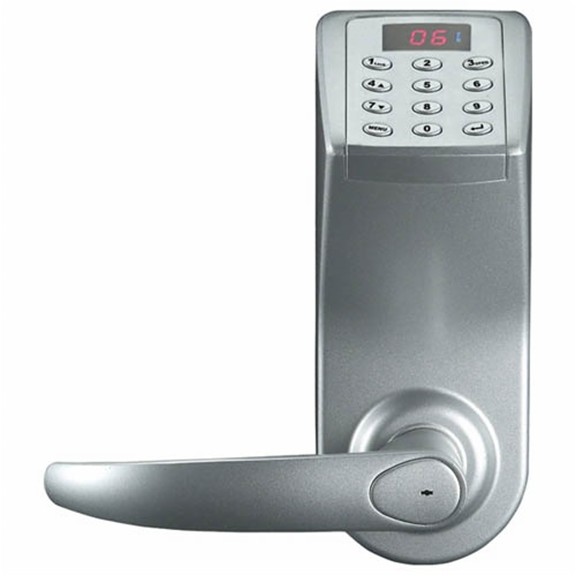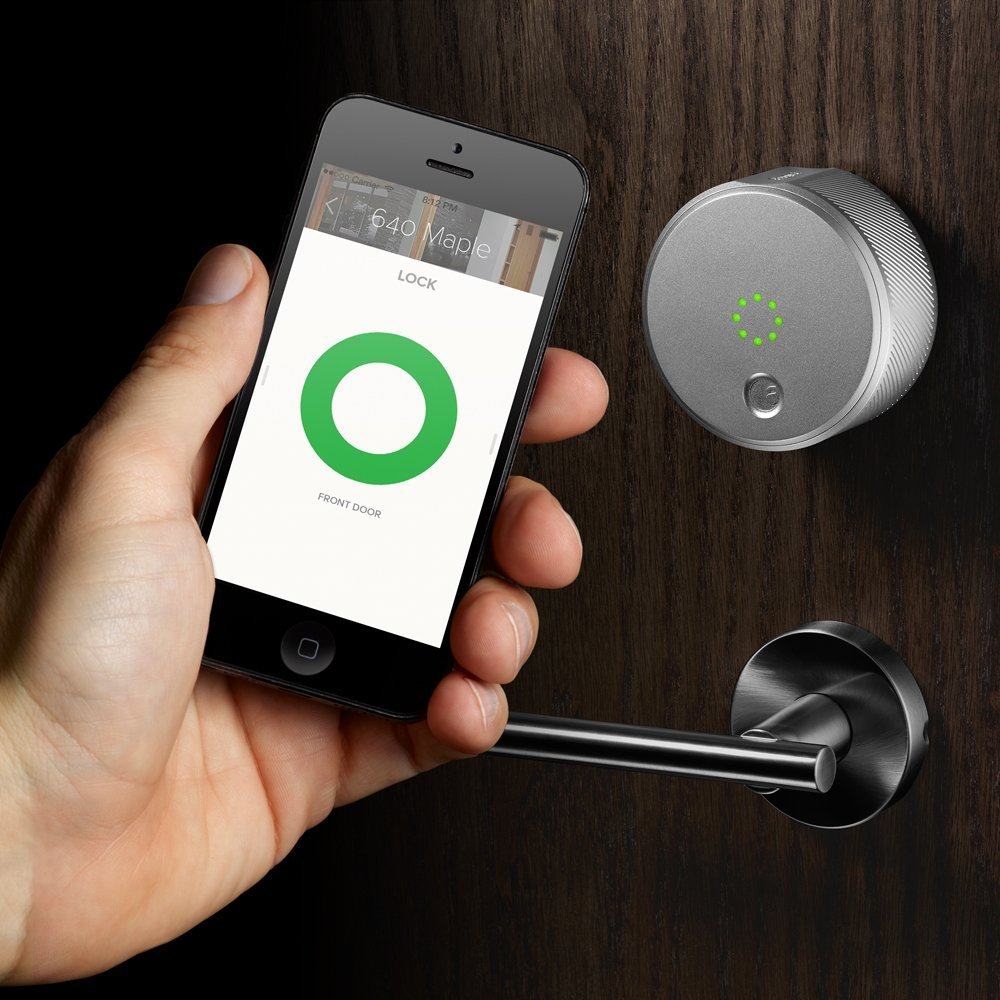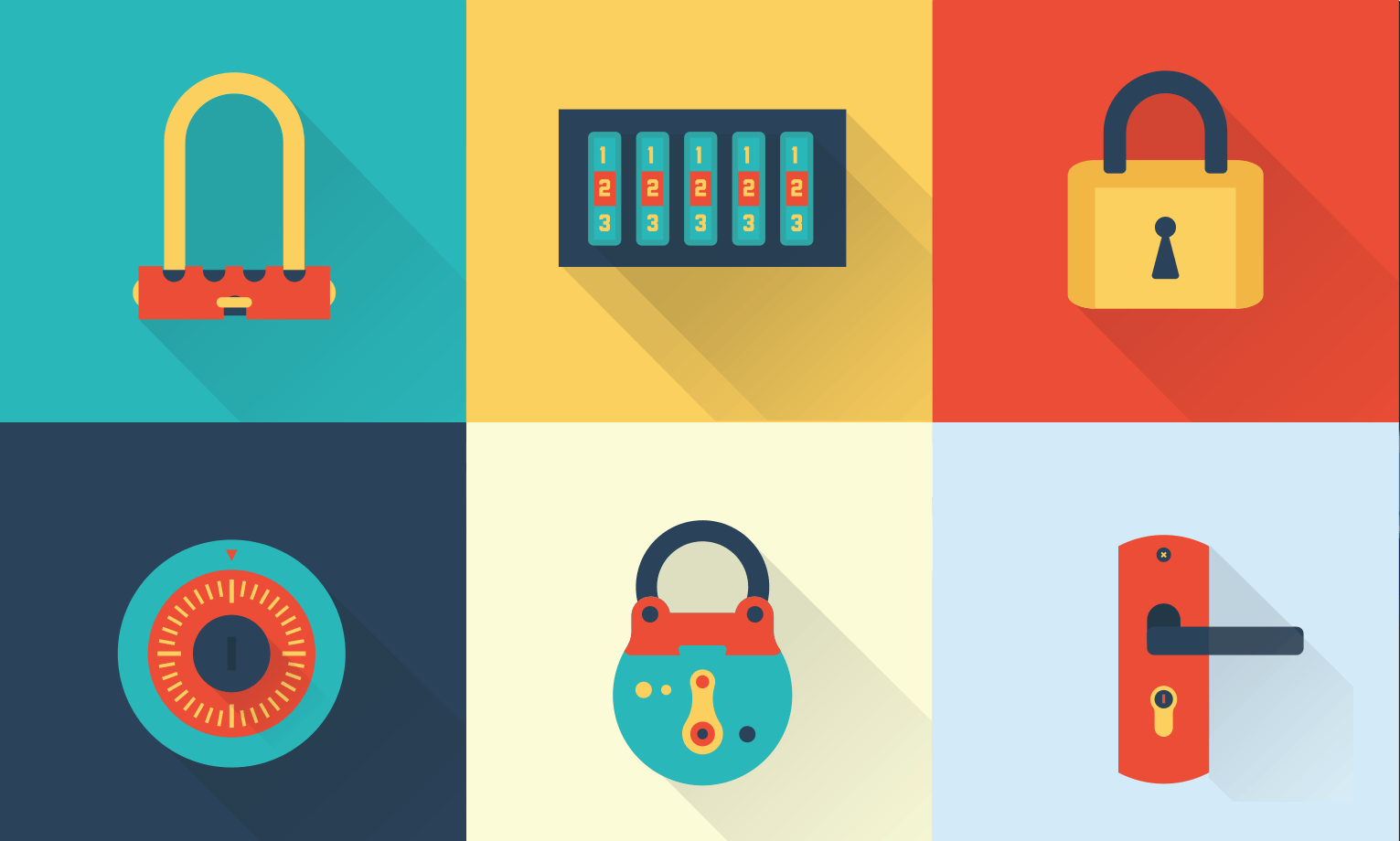
All The Types Of Locks That You Need To Know
No matter where you go, you will find these pesky chunks of metal we like to call locks. Whether you are trying to figure our which lock is the most secure or the easiest to pick, we cover all the intricacies of the various types of locks seen in the wild. We’ve put together this simple guide so you can pick all locks without having to rack your brain on how to do it and decide what types of lock is best for your particular needs. By learning about each lock type, you can become a better picker no matter what situation you find yourself in. Because even if it’s the zombie apocalypse, you will sleep easy. Now, let’s run through the various sorts of locks that you may be encountering out there in the real world of security and picking locks.
Pad Locks Type Of Lock
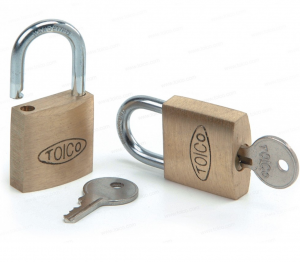
These babies are fun to pick because you can hold them with both of your hands simultaneously. Padlocks are also the most common type of lock that is not permanently affixed to an object and is free standing. These types of locks are the most easily recognizable and easy to pick out there on the market.
Combination vs. Key-Based
Of course, these locks do come in two prominent and very different forms. These forms are combination and key-based. The key-style locks have versions that can be re-keyed and others that can not. If the padlock is not able to be re-keyed, then that means that the lock will remain forever locked unless you can pick that little thing. The combo locks possess numbers that render the lock loose once the correct numbers are put into sequence. These combination types locks are relatively easy to shim or crack, you can find out how in our guide on how to crack a combination lock
Key-Retention
There are also certain types of padlocks are termed key-retaining. All this means is that these types of locks do not allow the key to be removed while the padlock is cracked open once the pins fall into place. The reason is because they do not want you picking it.
Shrouded Shackle Styles
Some of these padlocks have what’s called a shrouded shackle. This is meant to make it very difficult if not impossible to cut off with wire cutters, but that doesn’t have any effect on how easy it is to pick that lock.
Standard Old School Deadbolt Locks
 Oh, deadbolts… the false sense of security that comes with these things is pretty intense. Most people think that when you have a deadbolt you don’t have to worry about someone breaking in, but that is definitely not the case. These locks are typically found on residential and business doors with the illusion of safety.
Oh, deadbolts… the false sense of security that comes with these things is pretty intense. Most people think that when you have a deadbolt you don’t have to worry about someone breaking in, but that is definitely not the case. These locks are typically found on residential and business doors with the illusion of safety.
There are 3 types of deadbolt locks. These types are single, double, and lockable thumb turn.
Single Cylinder Style
Most deadbolt locks on doors of American houses are the single cylinder style that feature a rosary style turning knob on the inside of the lock and a standard key cylinder on the outside very similar to the padlocks that we were discussing earlier. The fatal flaw in these kinds of deadbolt locks is that if there is a window or peep hole, this lock can be picked without even using a standard lock pick set and instead using a simple loop tool to turn the rosary inside, pretty insane right? So put deadbolts on doors that are not near windows and protect that peephole!
Double Cylinder Style
This type of lock has one key cylinder on the inside and one key cylinder on the outside of the door, pretty smart aye? The double cylinder style has one major inconvenience and that is obviously that you need a key to open the door from the inside just as you need one to open it from the outside. In my opinion, you want to generally avoid this type of lock on your house doors that you may need to go bolting out of in case of fire or zombie apocalypse.
Thumbturn Style – The Lockable
Badabing! The last type of deadbolt lock is a blend of both a single and a double cylinder locking mechanism. This type of lock too has a rosary turn dial on the inside of the door but it can also be locked with a key if you want it to. In that way, if zombies are running towards you inside your own home, you can leave the thumb turn in the unlocked position while you are inside and you can escape scotch and scratch free. If you are planning on an extended absence from your home, this type of lock provides the maximum amount of security by simply locking the door from the inside and the outside.
Door Knob Style Lock Types
 Here we are, the most simple type of lock, the good ole door knob style lock that we see everywhere ya go. Okay, so if this is your primary source of security for your home – you should change that right about now. The knob style locks are so easy to pick, if someone knows how to pick it then you are screwed. The flaw in this type of lock is that the cylinder style lock we are used to seeing. Not only are they easier to pick, but they can also get straight up broken off with a hammer.
Here we are, the most simple type of lock, the good ole door knob style lock that we see everywhere ya go. Okay, so if this is your primary source of security for your home – you should change that right about now. The knob style locks are so easy to pick, if someone knows how to pick it then you are screwed. The flaw in this type of lock is that the cylinder style lock we are used to seeing. Not only are they easier to pick, but they can also get straight up broken off with a hammer.
Ditch these door knob style locks and replace them with simple passage knobs paired with lockable thumb turn deadbolt locks. If you decide to go with these anyway, then make sure you get the proper fitting done.
Lever Handle Locks
If you thought it couldn’t get any worse than door knob style locks, well you would be incorrect. The lever handle style is used mostly in business places and are even easier to open. One of the main reason these locks are used is because they are ADA (Americans with Disabilities Act) compliant, which is something that all landlords and businesses must abide by. If you are looking for one of these to buy, make sure you get the correctly sized backset. These levers can easily be broken by pure torque which is pretty much forcing all your weight and strength downward to get it to force open.
Mortise/Rim Lever Locks
This style of lock is even more secure than deadbolts or knob locks. The reasons these things are better is because they have 2 different types of locks hybridized into one badass lock. The first is a sprung latch that does not lock and is moved by a lever handle. The second component of Mortise locks is a deadbolt. These double over locks act as a knob and a deadbolt all in one complex package. As a result, these types of locks are much harder to install and as a result much harder to break into. However, they are still able to be picked just like any other lock, although it is harder to smash these things in to break inside.
Cam Locks
Oh boy, these are simple locks. These things are primarily used for mailboxes, cabinets and other “low security” uses. The problem is that your mail is pretty important. The word “cam” refers to the tailpiece that interacts with the cylinder in these locks. Cam style locks rotate between 90 to 180 degrees. If you have something important that you want to protect, don’t use this type of lock.
Wall Mounted Locks
 These types of locks literally mount inside of the wall, no surprise with a name like that. There is one type of wall mounted lock that is the standard, often called the Fireman’s Box Style or the Knox-Box style. You can find these puppies in large buildings for emergencies as an alternative to the normal key that one would use to get inside. Sometimes these are installed for personal safes, or other drop box style applications. Most of the time, you will see these mounted in the wall next to some kind of emergency device or alarm.
These types of locks literally mount inside of the wall, no surprise with a name like that. There is one type of wall mounted lock that is the standard, often called the Fireman’s Box Style or the Knox-Box style. You can find these puppies in large buildings for emergencies as an alternative to the normal key that one would use to get inside. Sometimes these are installed for personal safes, or other drop box style applications. Most of the time, you will see these mounted in the wall next to some kind of emergency device or alarm.
European Profile Cylinders – DINs
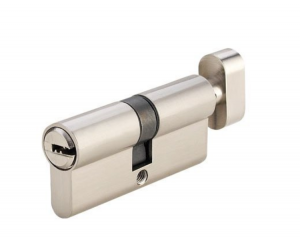
In places other than North America, these European style cylinder locks are used all over Europe (obviously) and may other areas of the world. In the USA, Canada and Mexico – you will find these guys on glass sliding doors or door dividing two rooms apart.
Varieties
There are a bunch of types that this particular lock style comes in. There is the single cylinder, double cylinder and thumb turn (just like the deadbolts that we covered up above). This European type of lock is basic and the dimensions are relatively standardized. A single screw goes through the middle of a cylinder. Since there is just one weak point of attachment, these things can be snapped off like a chicken wing. Don’t get these if you want to stay un-robbed.
Interchangeable Core Cylinder – Ugh
Interchangeable Core Cylinder locks refer to the cylinder being able to be switched out which provides a greater deal of control and quickness in changing out locks. The places that you will find these types of locks are at universities, big businesses or other large institutions again because of the ease of re-keying these things. The way these work is that they have two keys: 1 key to open the lock like you are used to and 1 key that is the “control” key that completely takes the cylinder core out of the lock.
The great part about that is that you don’t have to hire a locksmith to do it for you. The cores are manufactured in the figure eight style and there are small format (SFIC) and large format (LFIC) versions of these locks available wherever locks are sold. Clearly, this is a specialty lock and will not work with standard deadbolts or anything of the sort. However, if you plan on changing your lock cylinders with any kind of frequency – this is likely your best choice for a quick lock change without having to have it re-keyed by a locksmith. Because these are so simple, they are also less secure.
Jimmy Proof Deadbolt Locks – The Worst
These are a specific style of deadbolt lock that are mounted on the surface of a door. You can find these spattered all over apartments and double doors. One great thing about these locks is that the install is a straight up breeze. They have one step up in security when compared to regular deadbolt locks because this one locks with the jamming bracket that stops it from being forcibly opened from the outside (we’ve all watched cops before right?)
All you do is screw into the inside portion of the door with screws! Instead of blasting a massive hole in your door like a standard deadbolt requires. Jimmy proof locks just need a hole through the door for the cylinder rim and that’s it. If you want to increase your security with this type of lock, all you have to do is replace the cylinder rim.
Vending or T Handle Locks – Easiest Type Of Lock To Pick
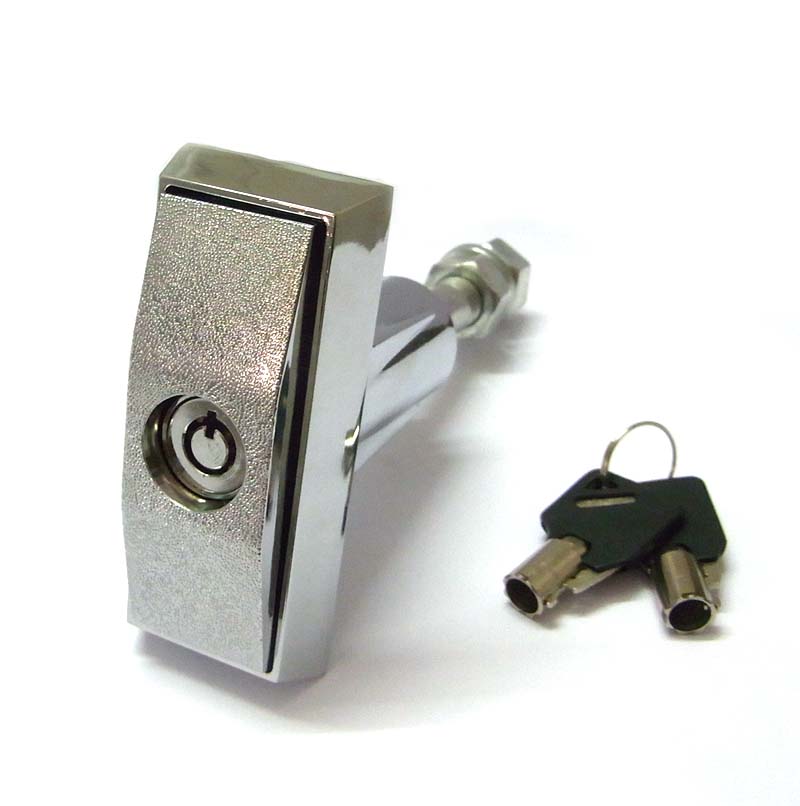 Do you remember as a kid, kicking rocks and looking for a vending machine to get you a nice ice cold Coke? Well, I do. I also remember these strange circular style locks. These are called T-Handle locks which are almost exclusively used with vending machines but you can find them elsewhere from time to time. These locks are ridiculously easy to replace which is why it is the go to choice for vending machine locks. There are two varieties of Vending style locks. One is a sprigged latch that automatically locks after you take the key out. The other kind requires you to re-lock the lock after every use, often referred to as a dead latch.
Do you remember as a kid, kicking rocks and looking for a vending machine to get you a nice ice cold Coke? Well, I do. I also remember these strange circular style locks. These are called T-Handle locks which are almost exclusively used with vending machines but you can find them elsewhere from time to time. These locks are ridiculously easy to replace which is why it is the go to choice for vending machine locks. There are two varieties of Vending style locks. One is a sprigged latch that automatically locks after you take the key out. The other kind requires you to re-lock the lock after every use, often referred to as a dead latch.
Key In Knob Cylinders (KIK Style)
This is a type of lock cylinder that is commonly found in many of the types of locks we have already covered in this post. This includes almost all door knobs, lever locks and a lot of those cheap deadbolts although they are sometimes also found on sliding glass style doors. You don’t see the cylinder from the outside, only the keyhole itself but even though they all look the same because there is no standardization that occurs with them.
These locks are secured by one screw inside the lock set. That means that if you want to replace this lock, good luck – you need to replace your entire lock set. There are also two different types of “tails” on the inside portion of these locks. One is called a floating tail and the other is a fixed tail, the difference being that the fixed tail can’t rotate if the cylinder isn’t also rotating at the exact same time.
 Rim Latch Locks
Rim Latch Locks
The Rim Latch type of lock has a rim cylinder on the outside of the lock with a surface-mounted latch on the inner side. These locks automatically lock behind you and can be found in the wild at many apartment buildings, especially in NYC. Rim Latch locks can be smashed in with force pretty easily and should always be accompanied by a secondary lock of some kinds to ensure the highest amount of security humanly possible.
TSA Approved Locks
As we all know, the TSA holds a near place in all of our hearts because they are mostly rude and unhelpful. However, the US government has instituted a program that allows TSA to access certain types of locks with a sort of master key that they keep in the back. This has backfired because people have hacked in and shared the vector dielines of these master keys on the internet, fail. People often recognize these locks by a weird looking logo that is bright orange/red on the outside of the lock casing. There will also be a hole for the master key at the bottom.
Digital Locks
We have seen these locks in cars for many years. They are just now starting to make a real transition into other locks. Whether it’s doors, cars, or even some padlocks. The transition is happening. This technology is constantly changing but with these locks comes an inherent risk, that is that all digital locks can and will be hacked eventually given enough time. Are these the future of locks? We aren’t so sure. We will be posting reviews and insights on some of the newest in digital locks as well right here on PickerOfLocks.com
Smart Locks
These locks are all the rage here in 2016. They provide a higher degree of security than your standard lock. The beauty about these is that they can be easily added on top of any existing deadbolt. That includes any deadbolt you currently have on your door. The August Smart Lock replaces the thumb lever on the inside of your lock. You can then open the lock remotely using their software on your smart phone. These work with Android and iOS powered devices.
This lock can too be hacked, check out our guide on how to hack a smart lock here: How To Hack A Smart Lock. Are you wondering what the best types of smart locks are currently on the market? Because we also broke them down in our Amazing Smart Lock Rundown.
All The Other Types Of Locks!
There are several other types from around the world. These are the most common because they are the locks to focus on if learning how to pick them.
If you have any suggestions or would like to see us break down other types of locks, please contact us and let us know what’s up!


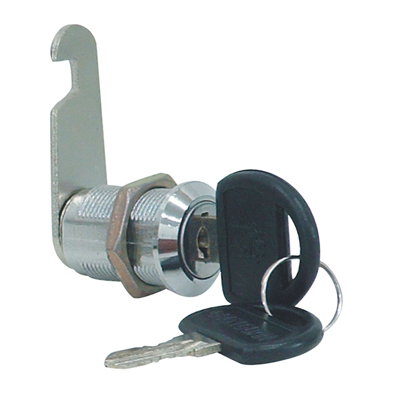
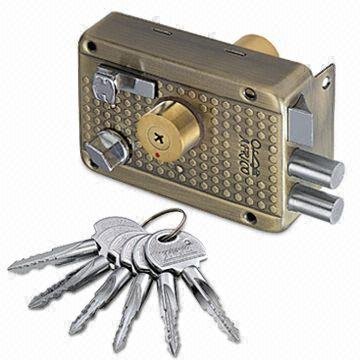 Rim Latch Locks
Rim Latch Locks